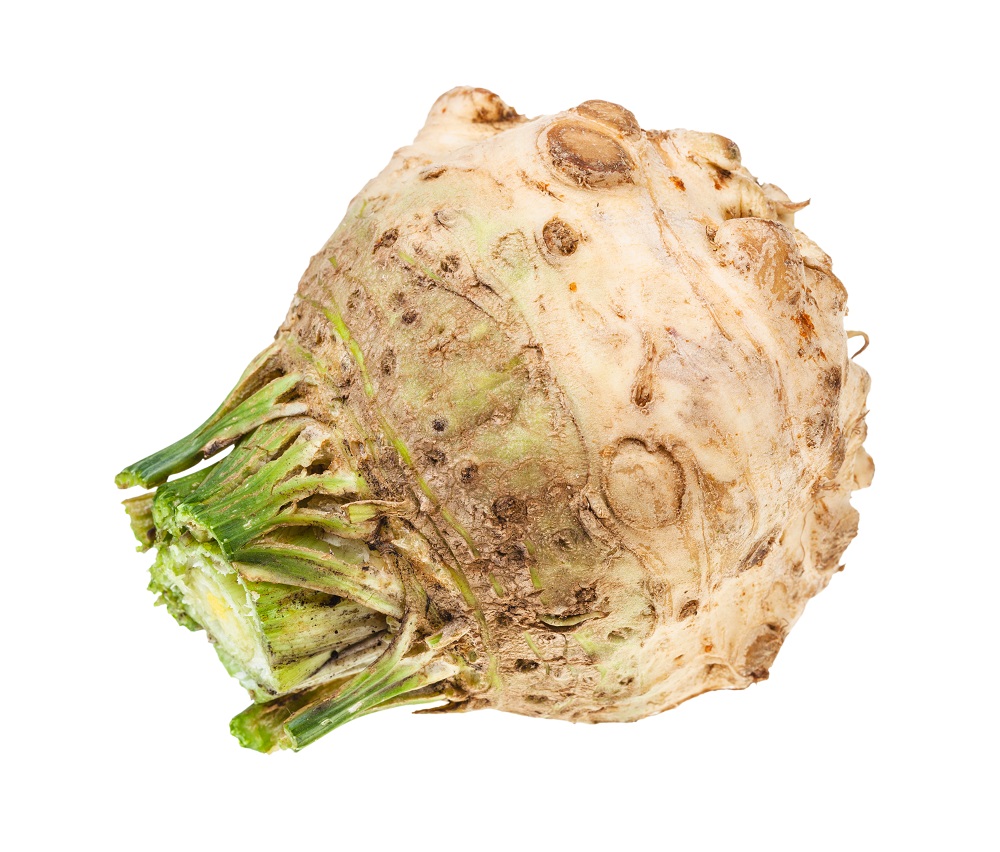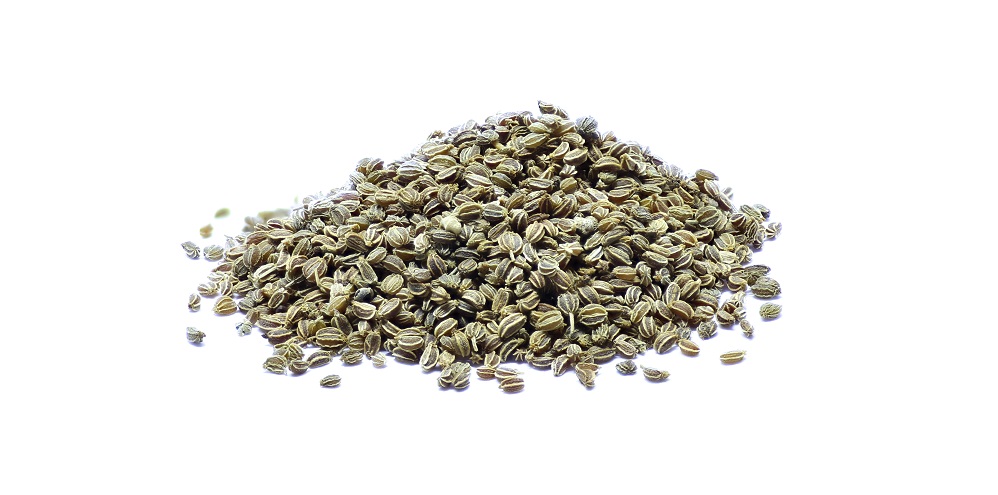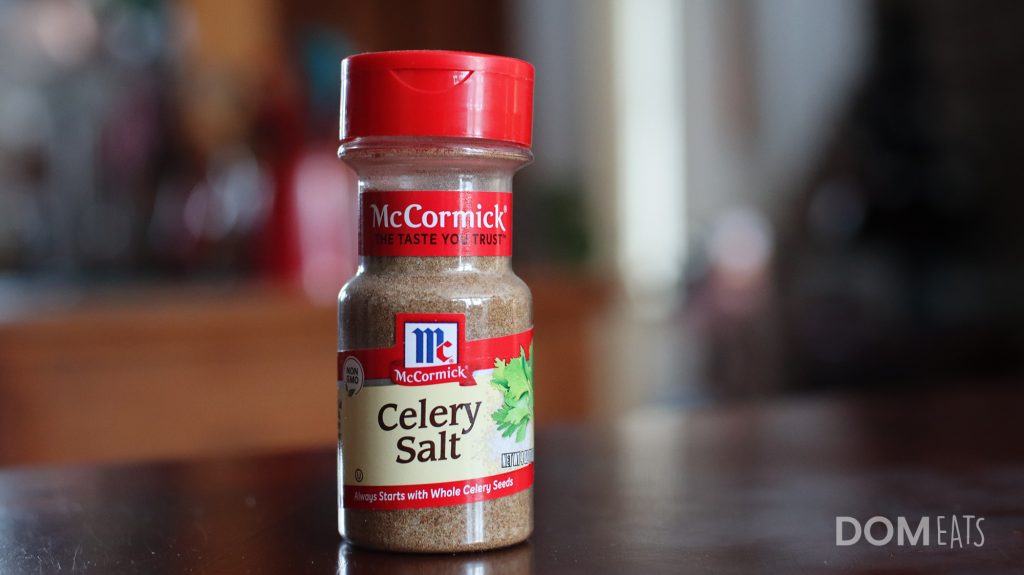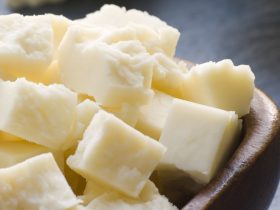Celeriac, also referred to as knob celery, is an edible portion of the celery plant primarily used as a vegetable for the purposes of eating either in its raw form or cooked through the methods of roasting, stewing, or blanching.
Celeriac is found to present a rather intense flavor that shares many similarities with the taste profile normally found in the leaves of other edible celery plants, a characteristic that pairs quite well with its otherwise tender yet crunchy texture, of which grows more distinct after cooking.
The best alternate forms of celeriac that can function as substitutes are celery seed, celery stalk, and celery salt. The best flavor substitutes for celeriac are parsley root and turnips. The best texture substitutes for celeriac are turnips, radishes, and daikon radishes.
Are Celeriac and Celery Root the Same?
Though celeriac is known by many names, the most common of such in the culinary world is that of celery root, which quite literally describes what the celeriac root itself is.

This, however, does not mean that all celery plants are the same as celeriac, as celeriac itself is a form of celery cultivar specifically bred and grown for the purposes of harvesting its roots, stem, and shoots, with certain other forms of celery cultivar either missing these particular parts or being rather unpleasant to consume if said parts are in fact present.
Alternate Forms of Celery Plant to Use
In instances wherein celeriac is simply unavailable or similar circumstances wherein utilizing other forms of celery is a suitable substitution, it is entirely possible to replicate the flavor of celeriac in a recipe with these alternate parts of the celery plant.
Keep in mind, though, that these alternate forms of celery may not entirely replicate the intensity of flavor that would normally be found in the celeriac root, and also otherwise do not possess the same texture owing to the difference in their physical shape, making them unsuitable as textural substitutions.
Celery Seed
Technically a fruit in the eyes of botany, celery seeds are often ground up or sold in their whole form so as to impart a distinct and bold pungency that is characteristic of celery itself, with the added benefit of being easily distributable throughout any sort of dish due to their small size and ease of dispersion.

As a celeriac substitute, celery seed is capable of introducing a more mild intensity into any recipe that would instead utilize the celeriac root, making celery seed an excellent substitute in instances where the other ingredients of a recipe are rather mild in flavor as well.
Celery Stalk
The most commonly consumed form of celery, the petiole -or celery stalk- is usually consumed in its raw form wherein it presents a rather moderate flavor alongside a crisp texture that makes it quite popular as a snack vegetable or as an addition to salads.
A drawback to using celery stalk as a celeriac substitute is the relative difference in volume wherein a significant amount of celery stalks will be required in order to recreate the same volume of celeriac root in a recipe.
Apart from this caveat, however, celery stalks make an excellent flavor substitute to celeriac in dishes such as stews or vegetable smoothies wherein the fluids of the recipe may draw out the various flavor compounds found in the celery stalks.
Celery Salt

Technically an extension of the celery seed – celery salt is the ground up form of celery seed mixed with some sort of salt so as to create a seasoning with the flavor profile of celery and a distinctly savory main body of taste.
Celery salt may be used as a celeriac root substitute in the sort of dishes that would otherwise benefit form the addition of further salt into its ingredient list, such as certain savory recipes that would normally incorporate celeriac alongside salt or MSG.
When substituting celeriac for celery salt, it is quite important to also reduce the total volume of salt added to the recipe so as to avoid oversalting the dish and overpowering other flavors found therein.
Flavor Substitutes to Celeriac
Considering the fact that celeriac presents a rather intense celery flavor, it should be no surprise that its substitute ingredients also possess similarly strong flavor profiles to match such intensity.
It is important to understand, however, that these substitute ingredients, albeit matching in intensity of flavor, may still not entirely replicate the flavors of celeriac due to the fact that they are not in fact a cultivar of the celery plant and as such possess a distinctly different chemical compound makeup.
The best method to utilizing the following ingredients as celeriac substitutes is to combine with alongside other strongly celery-flavored ingredients so as to bring the total flavor profile closer to that of celeriac itself.
Parsley Root
Considered one of the primary substitutes not only for the celeriac root but for celery in general, parsley root possesses a similar texture and appearance to celeriac owing to the fact that they both share the characteristic of being a vegetable root.
In terms of flavor substitution, a somewhat lower volume of parsley root must be used due to its somewhat more intense and pervasive flavor, making parsley root more suitable as a celeriac substitution in recipes like stews or soups where its flavor may disseminate throughout the meal without significant volumes being used.
Parsnips
Similar in intensity of flavor to the celeriac root, parsnips present an earthy body of flavor alongside certain notes of sweetness that may match many of the ingredients normally found in recipes that would otherwise call for celeriac to be used in its ingredient list.

An added benefit to using parsnips as a celeriac substitute is the similarity in their textures once cooked, with parsnips possessing much the same crisp and somewhat firm physical integrity that celeriac would present in its raw form.
Texture Substitutes to Celeriac
With celeriac being perfectly edible in either its raw or cooked form, it is important to first identify what sort of texture is required of the celery root prior to choosing a potential substitute, as the difference between a cooked and raw celeriac in terms of texture may be quite distinct.
Fortunately, regardless of whether the recipe requires the crunchy texture of raw celeriac or the velvety tenderness of its cooked form, certain substitute vegetables are capable of recreating both types of textures, oftentimes through the use of much the same cooking methods.
Turnips
Best used in combination with celery salt or ground celery seeds so as to also recreate the flavor of celeriac, turnips make an excellent textural substitute in practically any recipe that would normally require the celery root be added.
Whether in its raw form or cooked, turnips can recreate either the crisp texture of uncooked celeriac, or, if processed through cooking for a long enough period, the tenderness of cooked celeriac instead.
The reasoning behind needing to season turnips with other forms of celery products is that turnip roots themselves possess a rather mild flavor that is easily overpowered by other ingredients, making it quite different from celeriac in terms of flavor intensity.
Radishes
Much like turnips, radishes are capable of presenting a distinctly crisp texture in their raw form or otherwise tender and rather giving flesh if cooked in the appropriate manner for a certain length of time.

As such, radishes are capable of acting as a textural substitute for both forms of celeriac in a recipe, whether in their raw or cooked form.
In terms of flavor substitution, radishes possess a similar level of intensity and pungency, though with the drawback of possessing a “spiciness” that is otherwise not present in celeriac, making certain cultivars of radishes rather unsuitable in some recipes that would normally use celeriac itself.
To remedy this, it is best to dice or chop radishes and to soak them prior to their usage as a celeriac substitute in the hopes of leaching out some of its more offensive flavoring compound chemicals.
Daikon Radishes
A cultivar of the aforementioned radishes, daikon radishes are considered rather mild in flavor while still retaining the same texture and physical integrity, essentially solving the problem of radishes’ spiciness as a celeriac substitute.
Daikon radishes may be used in a one to one ratio by volume as a textural substitute for celeriac, either raw so as to recreate the crisp texture of uncooked celeriac, or cooked so as to cause its flesh to soften somewhat, recreating the physical integrity of cooked celeriac instead.
Due to the rather mild flavor of daikon radishes, it is also advisable to season it with celery salt or similar celery-flavored ingredients so as to bring the experience of consuming the daikon radish more closely to that of consuming celeriac.
References
1. Schuchert, Wolfgang. (N.D.) “Celeriac (Apium graveolens L. var. rapaceum)”. Crop Exhibition. Max Planck Institute for Plant Breeding Research.
2. Rubatzky V. E., Yamaguchi M. (1997). “Carrot, Celery, and Other Vegetable Umbels,” in World Vegetables: Principles, Production, and Nutritive Values. Eds. Rubatzky V. E., Yamaguchi M. (Boston, MA: Springer US; ), 418–456. 10.1007/978-1-4615-6015-9_20
3. Malhotra S. K. (2006). “Celery,” in Handbook of herbs and spices. Ed. Peter K. V. (Cambridge: Woodhead publishing limited; ), 317–336. 10.1533/9781845691717.3.317
4. MS Fruit. (Feb 28 2020) “Hello! 365 Celery Recipes: Best Celery Cookbook Ever For Beginners [Soup Dumpling Cookbook, Root Vegetable Cookbook, Summer Salads Book, Celery Juice Recipe, Homemade Salad Dressing Recipes] [Book 1]” Independently Published. Retrieved through Google Books. ISBN 9798619529906





Hi, I'm Dom
Dom Eats was started to help other people fall in love with food. While cooking can feel intimidating, it doesn't have to be.